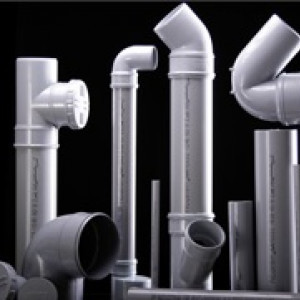| Pouya Polymer Zarif Kar Bartar |

| No Title | 0.03 MB |
| Registration Date | 1 Jan 2020 |
| Revision Date | 1 Jan 2020 |
| Share |
Construction Structural Materials
Pipe9119-1 standard. In weight impact test, it is proved that the samples containing nanoparticles are much stronger than the non-containing ones. Using of nanoparticles as nanofillers have improved strength and module of the polymeric matrix significantly. The mechanical properties of the product have been evaluated according to the national standard No. ISIRI 9119 “Plastics, unplasticized poly (vinyl chloride) (PVC_U) pipe, fittings and piping systems for soil and waste discharge within the building structure- specifications” and by measuring these parameters: · Vicat softening temperature · Heating resistance · Impact test · Corrosion resistance Vicat softening temperature is the temperature at which the specimen is penetrated to a depth of 1 mm by a flat-ended needle with a 1 mm2 circular or square cross-section. Heat resistance is evaluated through the crack or bubble formation of the samples exposed to heating. The surface scaling area should be less than 0.5 according to the standard. In impact test, specimens are kept at a temperature of 0 0C and dropped from a height of 4 meters and then they are evaluated by naked eye to see if TIR is less than 10% or not. Corrosion resistance is evaluated by exposing specimens to dichloromethane solution. As it is clear in Vicat softening temperature and heating resistance tests, both control and nano samples have passed the standard requirements. In impact test, 37% of samples have experienced fracture while this amount falls down to 8% for nano samples.
Polyvinyl chloride (PVC) is the third-most widely produced synthetic plastic polymer, after polyethylene and polypropylene. Regular PVC (polyvinyl chloride) is a common, strong but lightweight plastic used in construction. It becomes softer and more flexible by the addition of plasticizers. If no plasticizers are added, it is known as UPVC (unplasticized polyvinyl chloride). UPVC has high chemical resistance across its operating temperature range, with a broad band of operating pressures. Due to its long-term strength characteristics, high stiffness and cost effectiveness, UPVC systems account for a large proportion of plastic piping installations. It has been found that the addition of nanomaterials significantly improves both the toughness and stiffness of PVC.